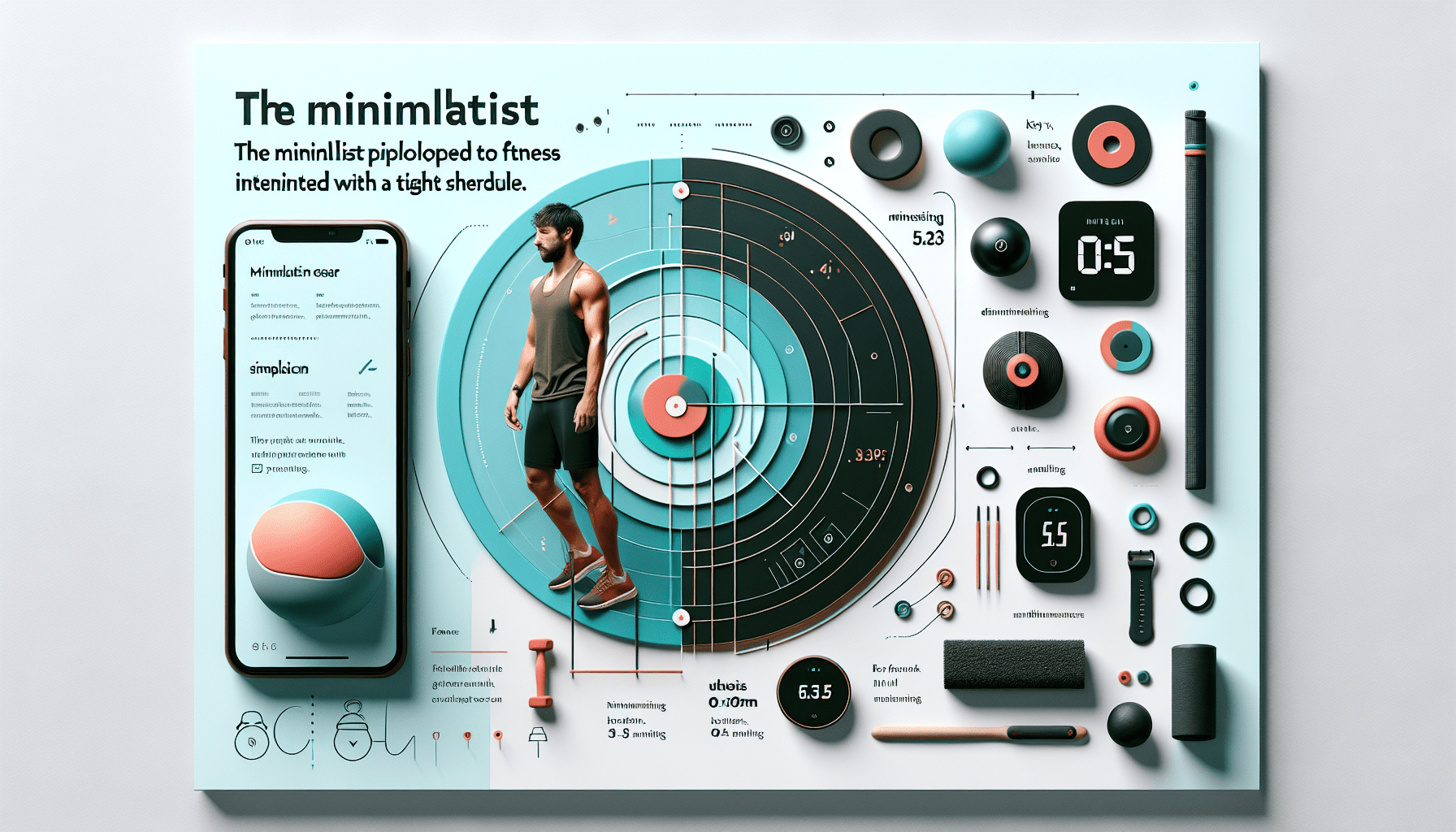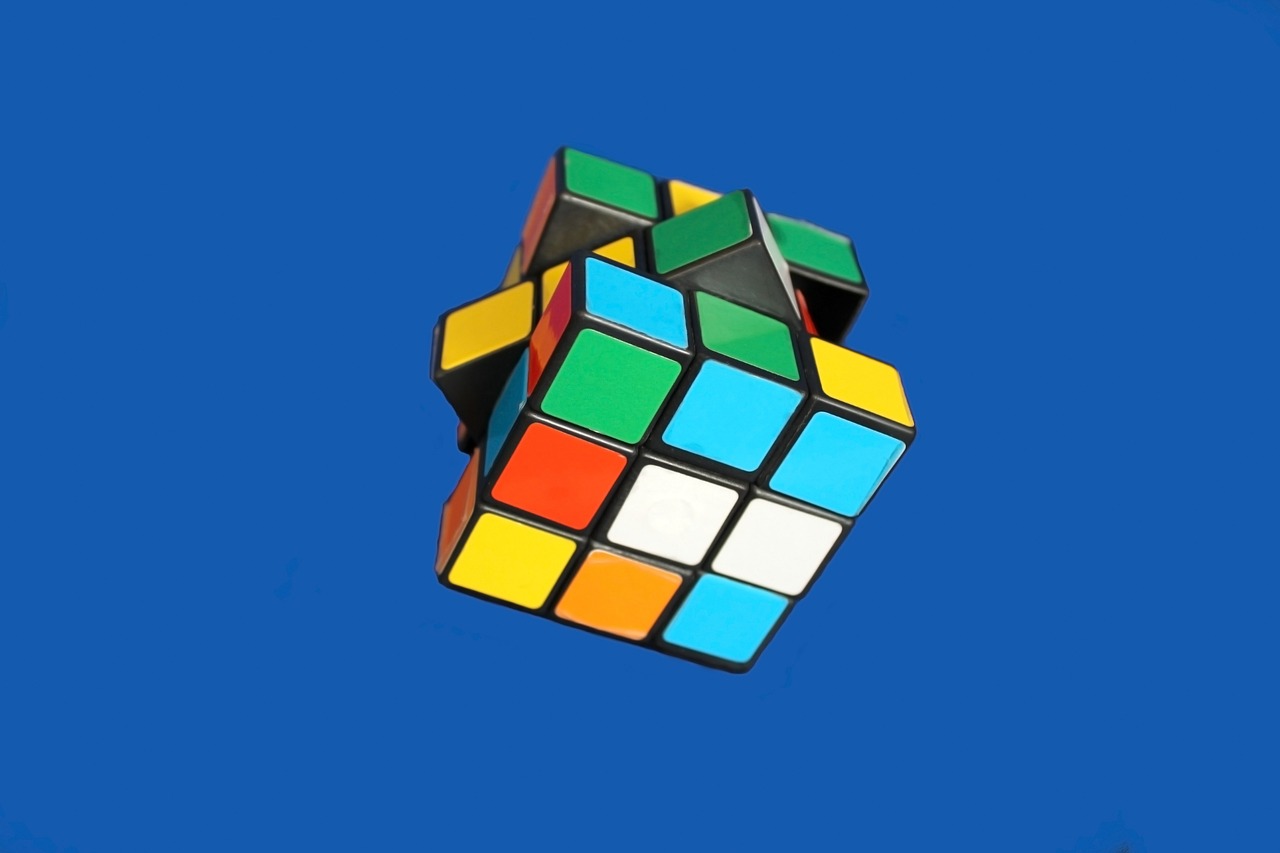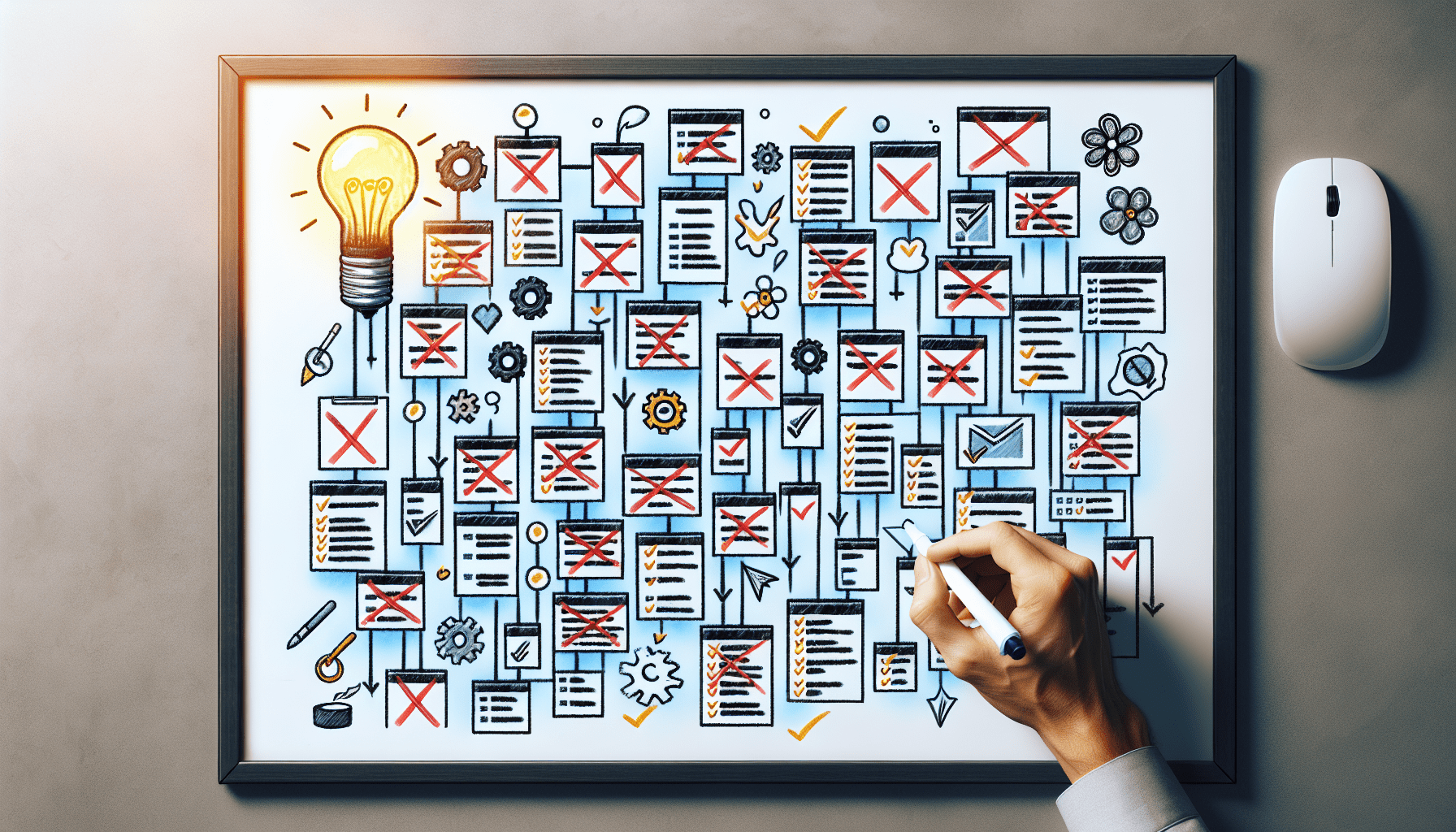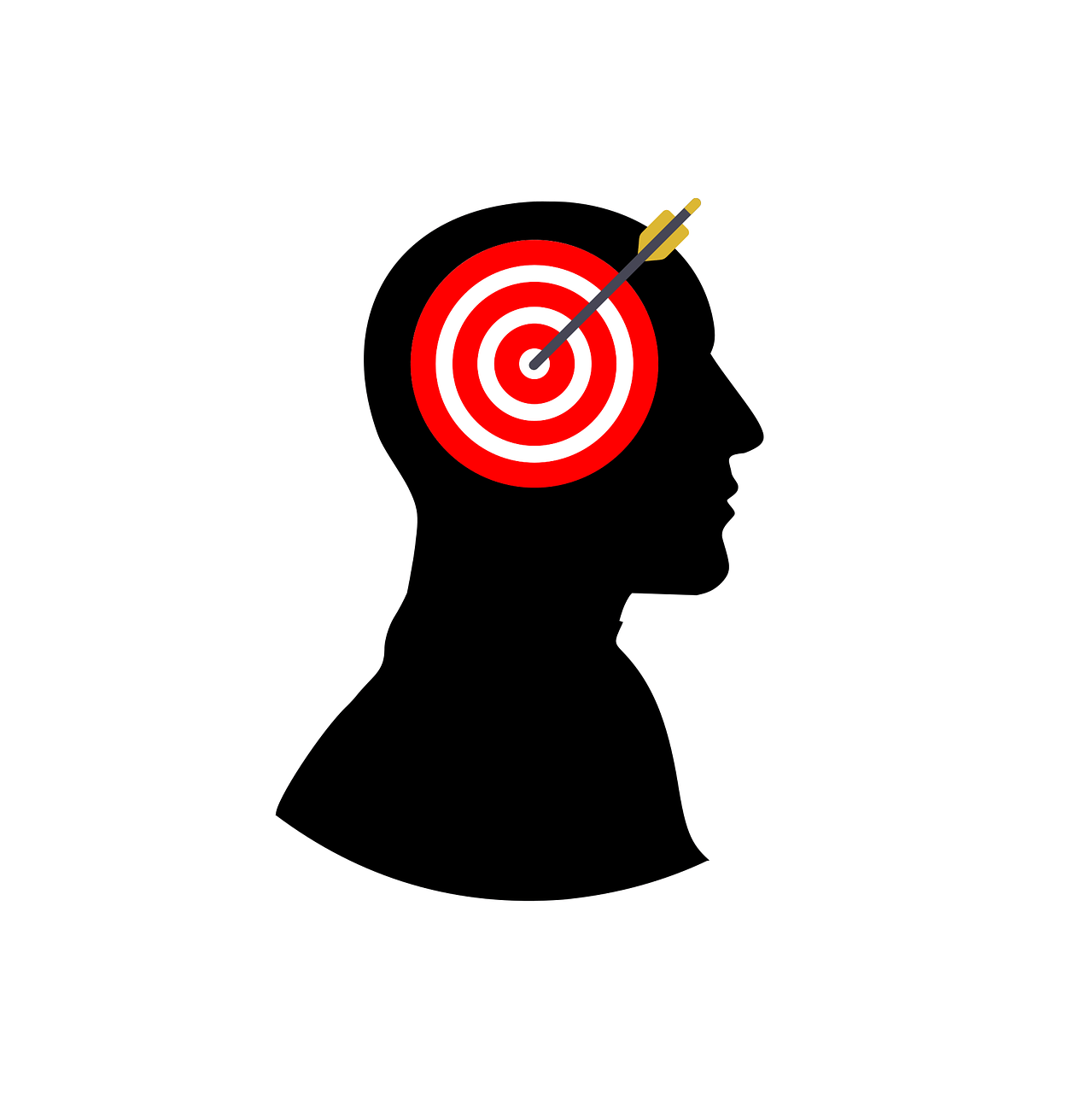
Mindful Technology Use: Balancing Connectivity With Presence

In today’s hyper-connected world, it can be challenging to find a balance between staying connected and being present in the moment. With the constant influx of notifications and the allure of endless scrolling, it’s no wonder that many of us struggle to maintain focus on our tasks. However, there is a growing movement towards mindful technology use that emphasizes the importance of being intentional with our digital interactions. By incorporating mindfulness techniques, staying present, and employing concentration strategies, we can eliminate distractions and cultivate a greater sense of focus in our daily lives. In this article, we will explore the concept of mindful technology use and discover how it can help us strike a harmonious balance between connectivity and presence.

Understanding Mindful Technology Use
Defining mindful technology use
Mindful technology use refers to the conscious and intentional approach to utilizing technology in a way that promotes presence, focus, and overall well-being. It involves being aware of how technology affects our thoughts, emotions, and behaviors, and making deliberate choices to ensure that technology enhances our lives rather than detracts from it.
The importance of balancing connectivity with presence
In today’s hyperconnected world, it is crucial to strike a balance between staying connected and being present in the moment. While technology provides us with countless opportunities for communication, entertainment, and productivity, it can also become a source of distraction, stress, and disconnection if not used mindfully. Finding the right equilibrium between connectivity and presence allows us to fully engage with our surroundings, nurture relationships, and cultivate a sense of inner calm.
The drawbacks of excessive technology use
Excessive technology use can have detrimental effects on our physical, mental, and emotional well-being. Spending excessive amounts of time on screens can lead to sedentary behavior, eye strain, sleep disturbances, and decreased social interaction. Moreover, constantly being bombarded with notifications and information overload can contribute to stress, anxiety, and diminished attention span. Understanding these drawbacks highlights the need for mindful technology use and the adoption of habits that promote balance and well-being.
Promoting Mindfulness in Technology Use
Incorporating mindfulness practices into daily routines
One effective way to promote mindfulness in technology use is to incorporate mindfulness practices into our daily routines. This can involve starting the day with a few minutes of meditation, taking regular breaks to practice deep breathing or stretching exercises, and engaging in mindful eating by savoring each bite without distractions. These simple practices help cultivate awareness and bring a sense of calm and focus to our interactions with technology.
Mindfulness apps and tools for technology use
Numerous apps and tools have been developed to support mindful technology use. These apps provide guided meditations, breathing exercises, and reminders to take breaks from screens. They also offer features such as app timers, which help limit usage, and usage trackers that provide insights into our technology habits. By utilizing these resources, we can integrate mindfulness into our daily lives and harness the power of technology as a positive tool for well-being.
Creating technology-free zones and time periods
Designating technology-free zones and time periods can significantly enhance mindfulness and allow for greater presence in our lives. This can be as simple as establishing “no-phone” zones in certain areas of the house, such as the bedroom or dining room, or designating specific hours in the day as technology-free time. By consciously disconnecting from technology during these periods, we create space for relaxation, meaningful interactions, and a break from the constant stimuli that technology provides.

Eliminating Digital Distractions
Identifying common digital distractions
To effectively minimize digital distractions, it is essential to first identify the common culprits. These can include social media notifications, email alerts, incessant scrolling, and the temptation to switch between multiple tasks or apps simultaneously. By understanding what distracts us the most, we can develop strategies to mitigate their impact on our focus and concentration.
Tips for minimizing distractions during technology use
There are various strategies that can help minimize distractions while using technology. One effective approach is to create a distraction-free workspace by shutting down unnecessary apps, closing unnecessary browser tabs, and silencing or disabling notifications. Additionally, practicing the “one tab, one task” approach can aid in maintaining focus. This involves dedicating each tab or window to a particular task, reducing the likelihood of diversion.
Using productivity apps to manage distractions
Productivity apps can be valuable tools in managing distractions and maximizing productivity. These apps offer features such as blocking or limiting access to certain websites or apps during specific periods, setting timers for focused work sessions, and providing visual or auditory cues to stay on track. By utilizing these apps, we can regain control over our technology use and create an environment that fosters focus and productivity.
Developing Healthy Tech Habits
Setting technology boundaries and time limits
Establishing clear boundaries and time limits for technology use is vital for developing healthy habits. This can involve defining specific times during the day for engaging with technology, allocating dedicated breaks for screen-free activities, and setting limits on the amount of time spent on certain apps or platforms. By setting boundaries, we prevent technology from encroaching on other aspects of our lives and create space for other valuable activities.
Practicing digital detox and unplugging from technology
Engaging in regular digital detoxes can be immensely beneficial for our mental and emotional well-being. This involves intentionally disconnecting from technology for a designated period, whether it be a few hours, a day, or even an entire weekend. During this time, we can engage in activities that promote relaxation, creativity, and human connection. Unplugging from technology allows us to recharge and rejuvenate, reducing stress and helping to maintain a healthy relationship with technology.
Engaging in alternate activities to reduce screen time
To reduce screen time and develop healthier tech habits, it is essential to engage in alternate activities that do not involve screens. This can include hobbies such as reading, exercising, gardening, or pursuing creative endeavors. By actively seeking out activities that bring us joy and fulfillment, we decrease dependence on technology and create a more balanced and meaningful lifestyle.

Creating a Mindful Digital Environment
Organizing digital spaces for increased focus
Creating an organized digital environment can significantly enhance focus and productivity. This can involve decluttering digital files and folders, organizing them in a logical and intuitive manner, and utilizing tools such as virtual sticky notes or digital to-do lists to keep track of tasks. By streamlining our digital spaces, we reduce visual clutter and create a more conducive environment for mindful technology use.
Using notification management techniques
Notifications can be a constant source of interruptions and distractions. By practicing notification management, we regain control over our attention and minimize their disruptive impact. This can involve disabling non-essential notifications, setting specific times to check and respond to messages, and utilizing features such as “Do Not Disturb” mode during focused work sessions. Through these techniques, we ensure that notifications serve us rather than dictate our behavior.
Simplifying technology use for a clutter-free experience
Simplifying technology use involves eliminating unnecessary apps, tools, or features that do not contribute to our overall well-being or productivity. By decluttering our digital lives, we reduce the cognitive load associated with managing numerous platforms and streamline our experiences. This fosters a mindful and intentional approach to technology use, allowing us to focus on what truly matters.
Enhancing Productivity Through Mindful Tech Use
Implementing time-management techniques
Time-management techniques play a crucial role in enhancing productivity through mindful tech use. Techniques such as the Pomodoro technique involve dividing focused work sessions into manageable chunks using timers, followed by short breaks for rest and rejuvenation. Other techniques, like the Eisenhower Matrix, help prioritize tasks and allocate time effectively. By implementing these techniques, we optimize our time and energy, leading to higher levels of productivity.
Utilizing task management apps and tools
Task management apps and tools can serve as valuable allies in organizing and optimizing our productivity. These tools allow us to create to-do lists, set reminders, and track progress on various tasks or projects. They help break down larger tasks into smaller, manageable steps and provide a clear visual representation of our progress. By harnessing the power of task management apps, we improve our efficiency and reduce the likelihood of tasks slipping through the cracks.
Practicing single-tasking for improved efficiency
Contrary to popular belief, multitasking often leads to decreased productivity and diminished focus. Engaging in single-tasking, where we dedicate our attention fully to one task at a time, can significantly improve efficiency and quality of work. By eliminating the urge to constantly switch between tasks or respond to every notification, we allow ourselves to immerse fully in the task at hand and achieve a state of flow.
Maintaining Digital Well-being
Prioritizing self-care in technology use
Digital well-being involves prioritizing self-care and taking steps to protect our mental, emotional, and physical health while using technology. This can involve practicing regular mindfulness exercises, setting boundaries around social media use, and being mindful of the content we consume online. Taking breaks, staying hydrated, and maintaining good posture and ergonomic setups are also essential for our overall well-being in the digital realm.
Managing stress and anxiety related to technology
Technology can sometimes contribute to stress and anxiety. To manage these emotions, it is important to have strategies in place. This may involve practicing stress-reducing techniques such as deep breathing or mindfulness meditation, engaging in physical exercise to release tension, or seeking support from friends, family, or mental health professionals. Being aware of our emotional state and implementing self-care practices when needed helps us maintain a healthy relationship with technology.
Establishing healthy relationships with technology
Establishing a healthy relationship with technology involves being intentional about the role it plays in our lives. This can mean regularly reflecting on our technology habits and evaluating their impact on our well-being and relationships. It also involves setting boundaries, being mindful of our motivations and impulses, and practicing digital hygiene by regularly deleting unnecessary files and organizing our digital lives. By fostering a conscious and balanced approach, we can maximize the benefits of technology while safeguarding our well-being.
Balancing Virtual and Real-world Connections
Fostering meaningful relationships offline
While technology can connect us with people from around the world, it is crucial to prioritize fostering meaningful relationships offline. This involves nurturing personal connections with friends, family, and the local community through in-person interactions, shared experiences, and quality time together. Investing in these offline relationships enriches our lives and provides a sense of belonging and fulfillment that technology alone cannot replicate.
Using technology to enhance personal connections
While it is essential to foster offline connections, technology can also be used to enhance and deepen personal connections. Video calls, instant messaging, and social media platforms can help bridge geographic distances and facilitate communication with loved ones. By utilizing technology in a mindful and purposeful way, we can maintain and strengthen relationships, particularly in situations where physical proximity is not feasible.
Recognizing the impact of technology on social interactions
As technology has become increasingly ingrained in our lives, it is important to recognize its impact on social interactions. While it can create opportunities for connection and collaboration, it can also lead to impersonal or superficial interactions. Being mindful of this impact allows us to actively choose when and how to use technology in social settings, ensuring that it enhances rather than replaces authentic human connection.
Teaching Mindful Tech Use to Children and Teens
Setting a positive example as a parent or guardian
Children and teens often learn by observing and imitating adults, making it crucial for parents and guardians to set a positive example of mindful tech use. This involves modeling healthy habits such as setting boundaries, limiting screen time, and engaging in offline activities. By demonstrating the importance of balance and mindfulness, adults can help instill these values in the younger generation.
Introducing mindfulness practices to young people
Teaching mindfulness practices to young people can equip them with valuable tools for navigating the digital world. Simple techniques such as deep breathing exercises, mindful eating, and sensory awareness activities can help children and teens develop self-awareness and regulate their technology use. By incorporating mindfulness into their daily lives, young people can cultivate healthier tech habits, enhance their focus, and build resilience to digital distractions.
Educating children about responsible technology use
Educating children about responsible technology use is essential in fostering a mindful and ethical approach to technology. This involves teaching them about digital etiquette, online privacy, and the potential risks and consequences of excessive or inappropriate technology use. By guiding young people to make informed choices, practice critical thinking, and cultivate empathy in their online interactions, we empower them to be responsible digital citizens.
The Future of Mindful Technology Use
Advancements in technology for promoting mindfulness
As the field of technology continues to evolve, advancements are being made to promote mindful technology use. Innovations such as wearable devices that track stress levels, apps that provide personalized well-being recommendations, and virtual reality experiences that facilitate relaxation and presence are emerging. These technologies have the potential to enhance our ability to be mindful while using technology and promote overall well-being.
Incorporating mindfulness into future tech innovations
In addition to innovations specifically designed for mindfulness, there is also potential for mindfulness to be incorporated into various future tech innovations. For example, integrating mindfulness features into smartphone operating systems, incorporating reminders for mindful practices within productivity apps, or incorporating AI-based algorithms that detect and suggest breaks based on user behavior. By seamlessly integrating mindfulness into technology, we can shape a future that supports our well-being and promotes a mindful approach to technology use.
Exploring the ethical considerations of technology use
As technology becomes more integrated into our lives, it is crucial to explore the ethical considerations surrounding its use. This involves examining issues such as data privacy, the impact on mental health, and the potential for addiction. By actively engaging in conversations and discussions surrounding the ethical implications of technology use, we can work towards creating a more responsible and mindful digital landscape.
In conclusion, understanding and practicing mindful technology use is crucial in today’s increasingly connected world. By defining mindful technology use, balancing connectivity with presence, minimizing distractions, developing healthy habits, and creating a mindful digital environment, we can enhance productivity, maintain digital well-being, and foster meaningful connections. By teaching mindful tech use to children and teenagers, and considering the future of technology in a mindful and ethical way, we can shape a healthier, more balanced relationship with technology. Ultimately, it is through intentional and mindful choices that we can harness the potential of technology while maintaining a sense of presence and well-being in our lives.





















